
Sedge meadows
Sedge meadows are dominated by grass-like plants called sedges. Annually, they will be wettest after snowmelt and spring rains. By the end of the summer, little or no standing water remains, earning these wetlands the nickname “dry marsh.” Sedge meadows are often found between uplands and lakes, rivers, or streams. Though once abundant in Wisconsin, sedge meadows aren’t as easy to find today because many have been drained for farming. Sedge meadows degrade quickly with water pollution, sedimentation, or heavy grazing.
How to recognize them
You can tell a sedge meadow by its abundant grass-like sedges growing among wildflowers. Sedges have sharp, triangular stems that you can easily feel when you roll them between your fingers. Some sedges grow in clumps that create high and low points in the wetland, allowing animals easier passage during wet times and creating more places for plants to grow.
Plants and animals to look for
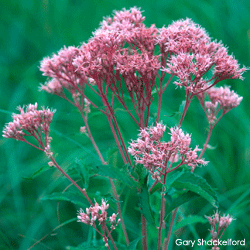
Joe pye-weed
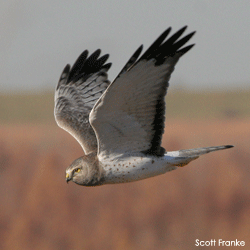
Northern harrier
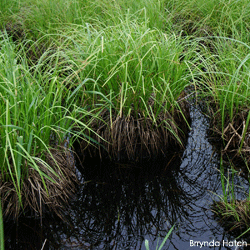
Sedge hummocks
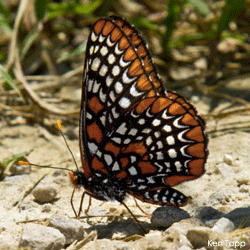
Baltimore checkerspot
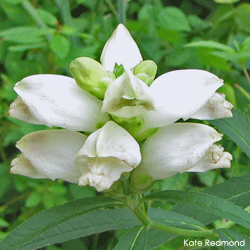
Turtlehead
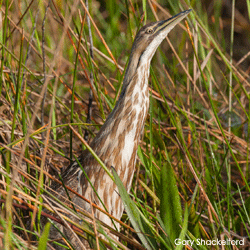
American bittern
